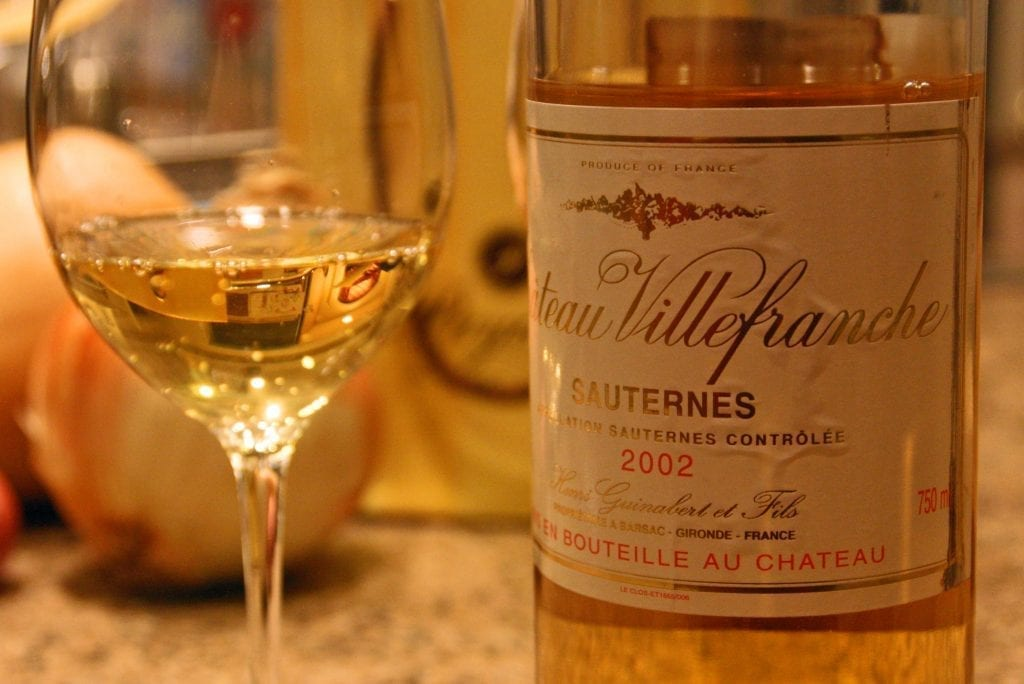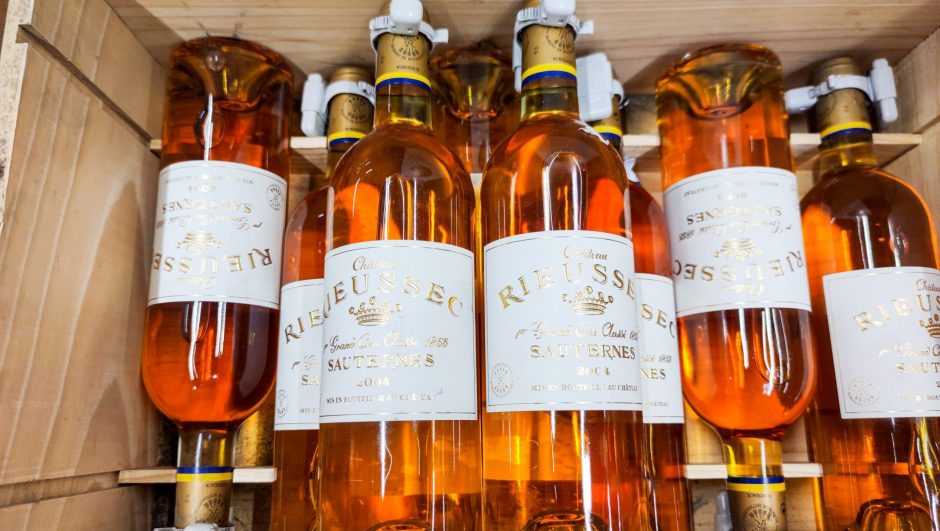In the misty vineyards along the Garonne River in Bordeaux, France, a magical transformation occurs each autumn that produces one of the world’s most coveted dessert wines. Sauternes, with its distinctive golden hue and complex sweetness, represents the pinnacle of French winemaking artistry. This liquid gold emerges from grapes affected by Botrytis cinerea, known as noble rot, which concentrates the fruit’s sugars and creates an intensely flavored wine unlike any other. The region’s unique microclimate, where the Ciron River meets the Garonne, creates the perfect conditions for this beneficial fungus to develop. From the legendary Château d’Yquem to smaller family estates, Sauternes producers have perfected their craft over centuries, creating wines that can age gracefully for over 100 years.
The Noble Rot Process
The creation of Sauternes relies on a fascinating natural phenomenon that transforms ordinary grapes into extraordinary wine. Botrytis cinerea, the noble rot fungus, punctures tiny holes in grape skins, causing dehydration and sugar concentration. This process requires precise climatic conditions: morning fog from the Ciron River provides necessary humidity for mold development, followed by sunny, dry afternoons that allow the grapes to dehydrate properly. The timing must be perfect, as excessive rain can cause the mold to degenerate, while prolonged drought prevents its development entirely.
Grape Varieties and Production

Sauternes is crafted from a traditional blend of three grape varieties: approximately 70% Sémillon, 25% Sauvignon Blanc, and 5% Muscadelle. Sémillon provides the wine’s characteristic nutty notes and aging potential, while Sauvignon Blanc contributes acidity and freshness. The production process is labor-intensive and risky, with yields often as low as 7-10 hectoliters per hectare. Grapes are harvested in multiple passes through the vineyard, selecting only those perfectly affected by noble rot. This selective harvesting, combined with the unpredictable nature of botrytis development, makes Sauternes production a “hit-or-miss proposition” with widely varying harvests from vintage to vintage.
Tasting Profile and Characteristics
Sauternes exhibits an impressive range of flavors that evolve beautifully with age. Young wines display notes of honeyed apricot, butterscotch, caramel, and tropical fruits like mango and pineapple. As the wine matures, it develops deeper complexity with hints of marmalade, ginger, toasted almonds, and beeswax. The color progression is equally remarkable, starting as golden yellow and gradually darkening to amber and eventually copper tones after decades of aging. The wine’s sweetness is perfectly balanced by zesty acidity, creating a harmonious profile that can resonate on the palate for several minutes.
Food Pairing Excellence
Sauternes offers remarkable versatility in food pairing, extending far beyond traditional dessert service. The classic pairing with foie gras remains unmatched, where the wine’s acidity cuts through the rich liver’s fat content. Blue cheeses like Roquefort create a beautiful contrast with the wine’s sweetness. For adventurous pairings, Thai and Chinese cuisine work surprisingly well, as the wine’s floral intensity complements spicy flavors. When serving with desserts, lighter options like pavlova, cheesecake, or fruit tarts allow the wine to remain the star.
Proper service enhances Sauternes’ exceptional qualities. Serve chilled at 10°C (50°F), though wines older than 15 years benefit from slightly warmer temperatures. Most Sauternes are sold in 375ml half-bottles, reflecting both the wine’s intensity and production costs. With proper storage, premium Sauternes can age gracefully for decades, with some exceptional vintages remaining vibrant beyond 100 years.


